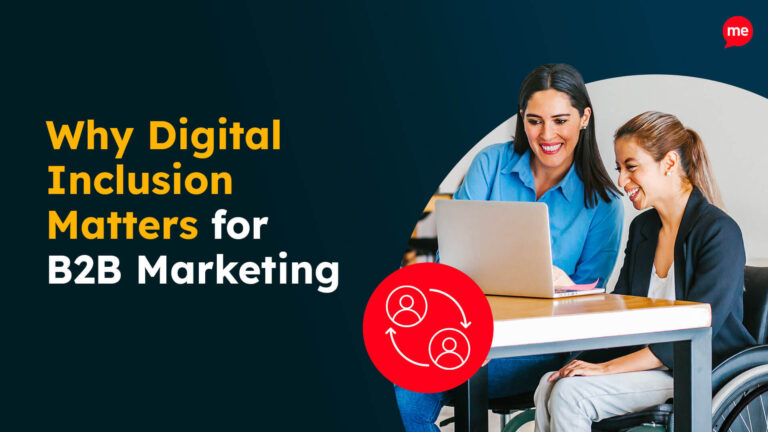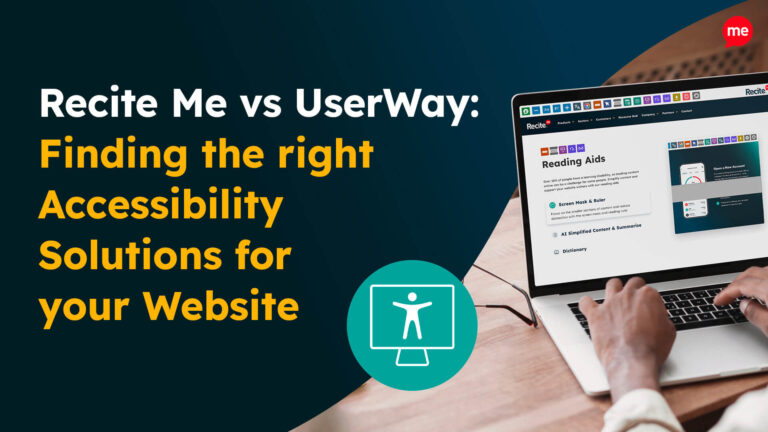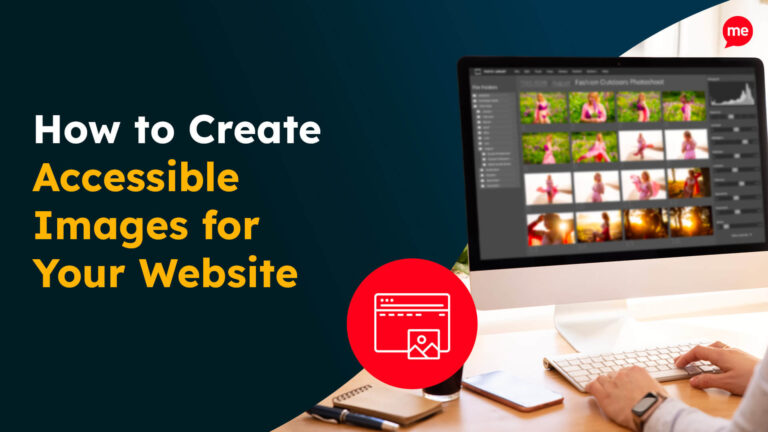Get A Free Accessibility Audit of your Website
Download NowFrom shopping and banking to education and entertainment, the internet has become a vital part of everyday life. But for the millions of people worldwide with disabilities, navigating websites isn’t always straightforward. That’s where accessibility features come in.
Accessibility features ensure that everyone, regardless of ability, can navigate websites effectively. These intentional design elements empower users with disabilities and improve usability for all.
Let’s explore what website accessibility features are, how they work, what tools are available, and why they’re essential for both users and businesses.
What are website accessibility features?
Website accessibility features are elements built into websites and apps that make them usable by people with various physical, sensory, or cognitive disabilities. These features are essential to creating an inclusive web experience.
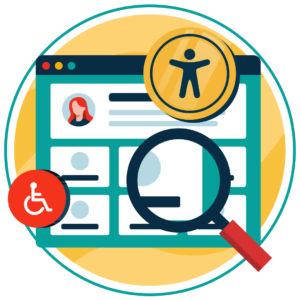
Accessibility focuses on removing barriers for users who may:
- Be blind or have low vision
- Be deaf or hard of hearing
- Have limited mobility or dexterity
- Live with neurodivergent conditions (like autism) or cognitive impairments (e.g. memory loss)
- Be temporarily impaired (e.g. a broken arm or noisy environment)
These features are often guided by global standards like the Web Content Accessibility Guidelines (WCAG), developed by the W3C (World Wide Web Consortium). WCAG outlines how to make web content more accessible through its four main principles: content must be Perceivable, Operable, Understandable, and Robust (POUR).
Our 40-page Digital Accessibility & Inclusion Toolkit helps businesses break down online barriers and make a real impact. It offers practical advice on all aspects of digital accessibility, from writing an accessibility statement to accessible website tips and inclusive hiring.
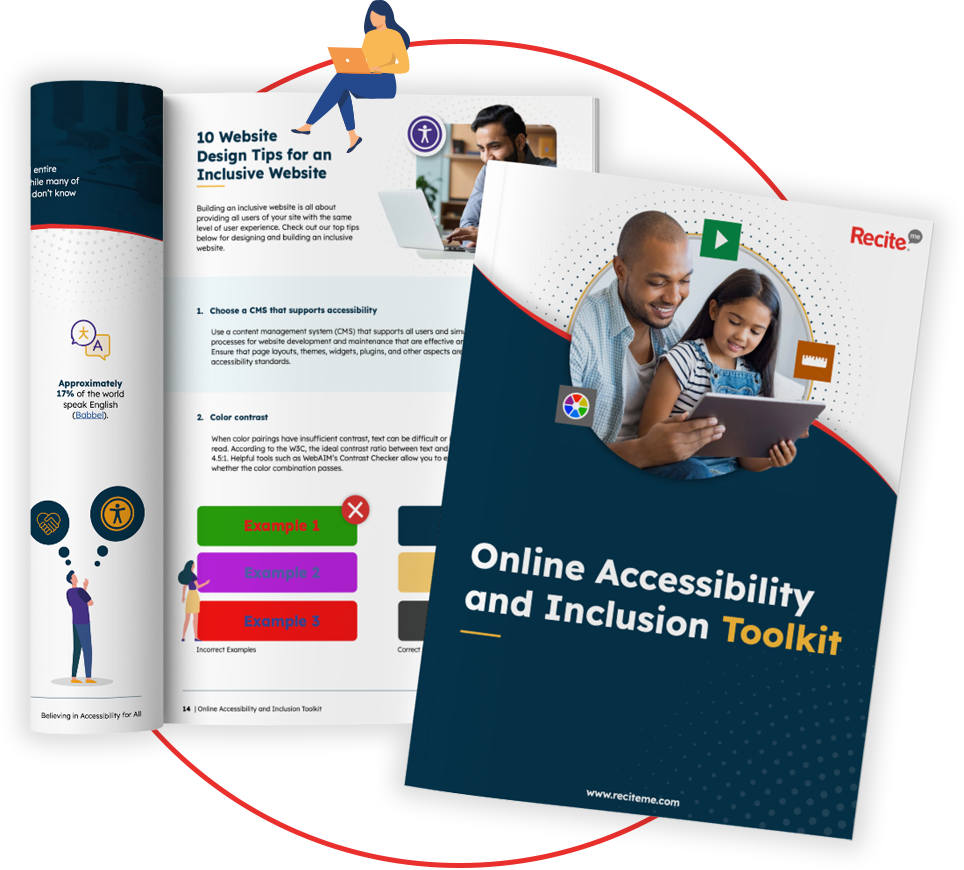
What accessibility features can you find online?
There are many ways to make a website accessible. Below are some of the most impactful and commonly used accessibility features on websites today.
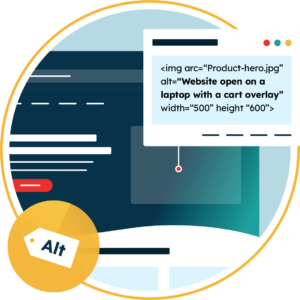
Image alternative text
Alt text provides a written description of an image that can be read aloud by screen readers. This allows people who are blind or visually impaired to understand what an image is showing, even if they can’t see it.
Why it’s important: Without alt text, users with low vision relying on assistive technologies miss out on key visual information, whether it’s a product photo, chart, or infographic.
Text-to-speech or screen reader technology
Text-to-speech features are included on many websites now and convert on-screen text into spoken words. Screen readers also help users navigate websites by reading out headings, links, and buttons.
Why it’s important: These tools are essential for people who are blind or have severe visual impairments. They allow users to independently browse the web, read articles, fill out website forms, and complete tasks that would otherwise be inaccessible.
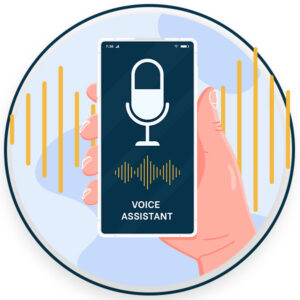
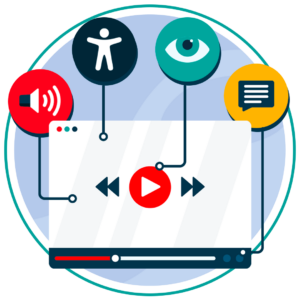
Transcripts and captions for video and audio content
Captions display the spoken dialogue and important sounds in a video as text on the screen. Transcripts provide a full written version of an audio or video file.
Why it’s important: These features are essential for deaf and hard-of-hearing users. They also improve understanding for non-native speakers and help anyone who prefers to read rather than listen or watch. And in noisy or quiet environments, captions and transcripts provide valuable flexibility.
Skip to content links
These links let users skip over repeated sections like navigation menus and go directly to the main content.
Why it’s important: This feature significantly improves efficiency for users who navigate with a keyboard or screen reader. It reduces frustration by eliminating the need to go through the same set of links on every page just to get to the content they’re looking for.
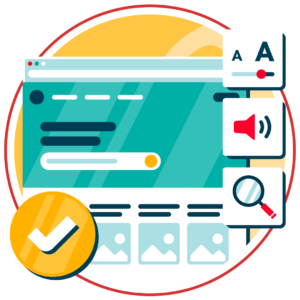
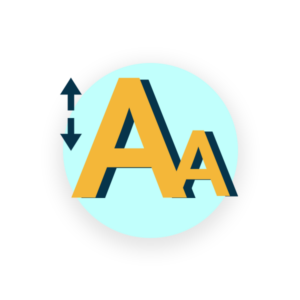
Customisable text and zoom capabilities for reading
Many websites now allow users to adjust the size, spacing, and colour of text . Plus there are browser zoom features to make content larger.
Why it’s important: For users with low vision, reading disorders, or cognitive impairments, these customization options make content much easier to read.
Keyboard navigation
Keyboard navigation allows users to move through a website using just the keyboard, without a mouse or touchscreen.
Why it’s important: People with motor disabilities, tremors, or limited dexterity often rely on keyboard controls. If a website isn’t fully navigable by keyboard, entire sections may become unusable for these users.

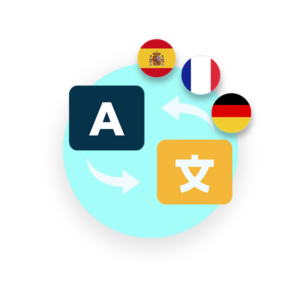
Language attributes
Some websites identify the language of their content, which helps assistive technologies pronounce words correctly or switch to the appropriate language mode.
Why it’s important: This ensures that screen readers deliver accurate pronunciation and better comprehension for users reading in different languages. It’s especially helpful for multilingual users or for websites that switch between languages in different sections.
Accessible tables
Accessible tables are designed to be read and understood clearly by screen readers, with properly labeled headings and logical structure.
Why it’s important: Data tables without clear labeling can be nearly impossible for blind users to interpret. Accessible tables help users understand complex data by conveying the relationships between rows and columns.
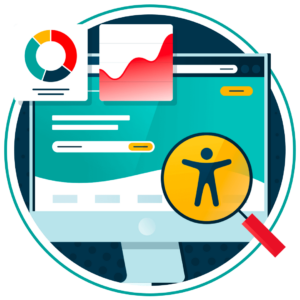
Why are accessibility features important for businesses and end users?
So who actually benefits from digital accessibility features? The answer: everyone. Let’s explore how it helps both end users and the businesses that serve them.
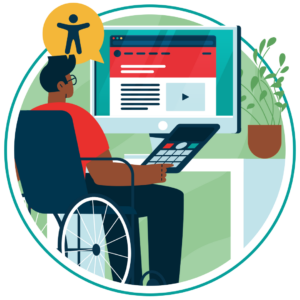
Benefits for end users
For people with disabilities, accessible websites can mean the difference between independence and exclusion. Accessibility features provide equal access to online services such as shopping, education, healthcare, and communication. This allows users to fully participate in society without needing help from others.
Even people without disabilities benefit from accessibility. Someone using a mobile phone in bright sunlight, someone recovering from an injury, or someone in a quiet environment where they can’t play audio will all appreciate websites that are flexible and easy to use.
Benefits for businesses
For businesses, having an accessible website opens the door to a much larger audience. Over 1 billion people around the world live with a disability, and many of them rely on the internet daily. If your site isn’t accessible, you risk losing a significant number of potential customers.
Accessibility also improves search engine optimisation (SEO). Features like image alt text, clean HTML code, and video transcripts help search engines understand your content better, which can improve your rankings in search results.
Another major benefit is better user experience. Accessibility and usability go hand in hand. When a website is easy to use for someone with a disability, it’s easier and more enjoyable for everyone.
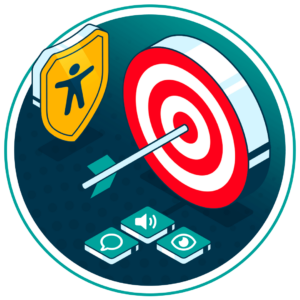
Finally, there’s the legal aspect. Many countries have laws that require websites to be accessible. In the US for example, the Americans with Disabilities Act (ADA) and Section 508 of the Rehabilitation Act set standards for accessibility, and the EU follows the European Accessibility Act. Ignoring these rules could lead to lawsuits, penalties and reputational damage.
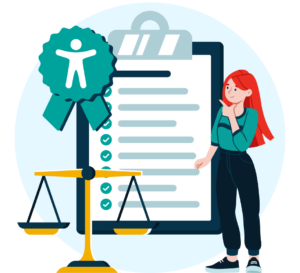
Avoiding the impact of lawsuits
In recent years, many companies have faced legal challenges for not making their websites accessible. In 2024, over 4,000 digital accessibility lawsuits were filed in the United States. Major brands like Domino’s Pizza and Netflix have been involved in high-profile cases, where users were unable to access key services due to lack of accessibility.
Tools to support accessibility on your website
Making your website accessible doesn’t have to be stressful. With the right tools, you can identify accessibility issues, improve your content, and give your users a more inclusive experience.
Assistive Toolbar
The Recite Me Assistive Toolbar is an all-in-one accessibility solution that can be added directly to your website. It allows users to customise how they experience your content based on their individual needs. Some of the features include:
- Personalise font size, colour and type.
- Screen Mask & Ruler tools for reading.
- Download written content as an audio file.
- AI page summarizer tool
- Translation to over 100 languages.
- Built-in dictionary
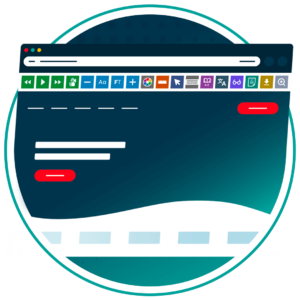
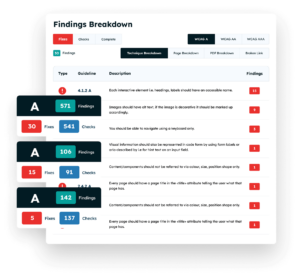
Accessibility checker
The Recite Me Accessibility Checker is a tool designed for website teams (developers, designers, and content creators) to evaluate how accessible their site is and what needs to be improved. The process includes the following:
- Step 1: Scan Your Domains
- Step 2: Identify Accessibility Issues
- Step 3: Fix Accessibility Errors
- Step 4: Track Your Progress
- Step 5: Download & Share and Accessibility Report
Get a free automated accessibility check of your websites homepage. This will identify and highlight any compliance issues on your website. Followed by recommendations on how to implement the necessary changes to make your website more accessible.
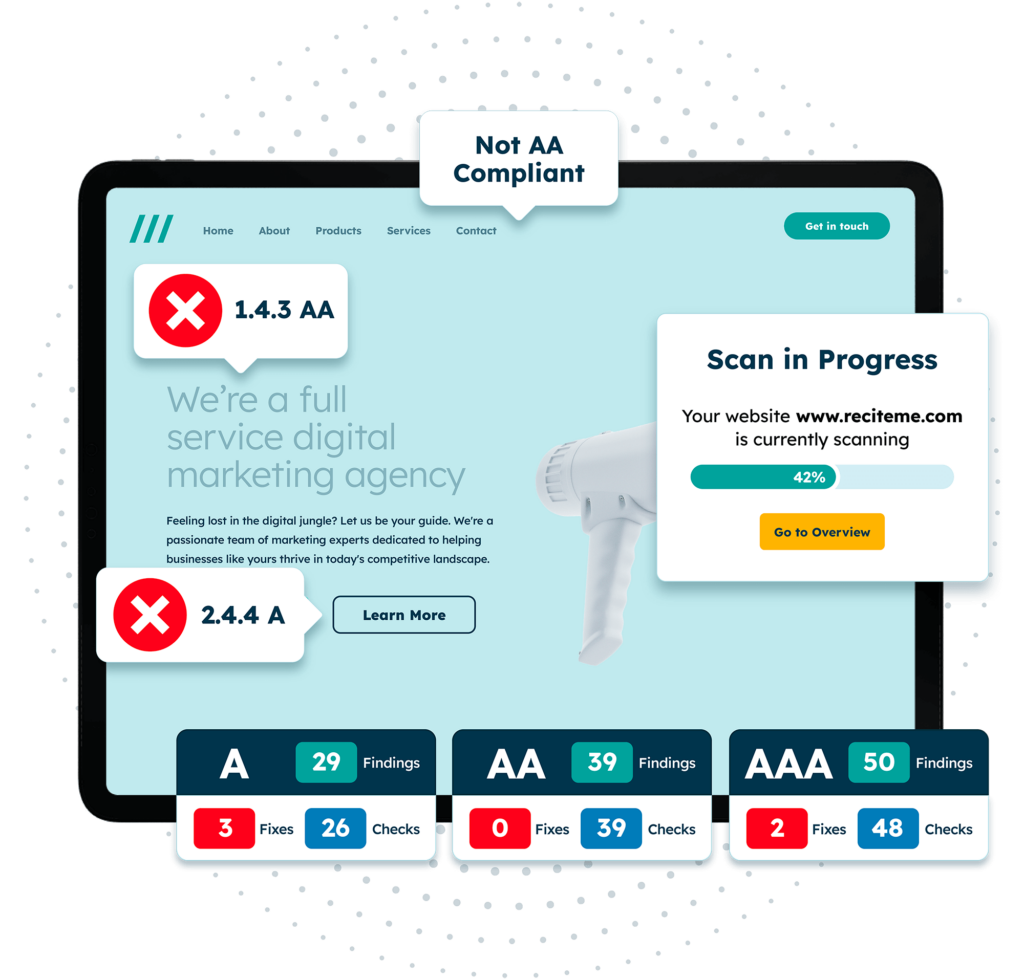
Conclusion: Build an accessible online world today
Accessibility features are more than just “nice-to-haves.” They are essential design practices that allow people of all abilities to navigate, understand, and interact with digital content. From alternative text and transcripts to keyboard navigation and customisable interfaces, these features transform your site into a place where everyone is welcome.
If you’re a business, investing in accessibility means reaching a wider audience, enhancing user experience, avoiding legal trouble, and demonstrating social responsibility. If you’re a user, accessibility features offer independence, clarity, and equal access to participate in the digital world. And with powerful tools like Recite Me, creating an inclusive website has never been more achievable.
Accessibility features FAQs
Looking for a recap or quick summary? Here are a few of our most frequently asked questions to help you get to grips with the essentials:
What’s the difference between accessibility and usability?
Accessibility focuses on making digital content usable by people with disabilities. Usability refers to how easy and effective a website is for all users. Both go hand in hand.
Is accessibility only for people with permanent disabilities?
No. Accessibility benefits everyone, including users with temporary injuries, situational limitations (like being in a noisy place), or aging-related changes.
Do accessibility features affect SEO?
Yes. Features like alt text, proper headings, and transcripts accompanying video content all help search engines understand your content better and in turn help you rank higher in search results.
How do I start making my site accessible?
Begin with an audit using tools like Recite Me’s Accessibility Checker and Web Accessibility Checklist to fix priority issues.
Is there legal risk for non-compliance?
Yes. Many countries have laws requiring digital accessibility. Non-compliance can lead to lawsuits, fines, or reputational harm.

